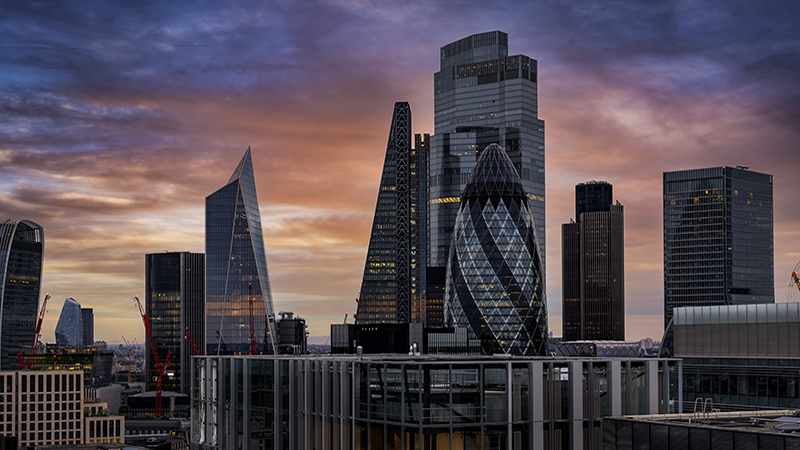By Julia Khandoshko, CEO of Mind Money
Emerging markets have been criticised over the past decade. Dollar strengthening, falling commodity prices, and weak corporate income growth were major reasons for it.
This has led to disappointing returns from investing in emerging markets compared to investments in large-cap stocks. As the global economic situation has changed and become more volatile, approaches to investing in emerging markets have also evolved.
However, emerging markets still have great potential. The upcoming updates on Fed rate cuts and a possible rise in commodity prices give new perspectives. So, the situation for the markets may have a chance for a positive turnaround.
This raises an important question: Should investors reconsider emerging markets? Let’s break it down.
From BRICS to new leaders
Before, countries from the BRICS group, namely Brazil, Russia, India, China, and South Africa, were most popular among investors in emerging markets. These alliance members attracted the majority of funds flowing to developing countries.
Nevertheless, the situation has undergone some changes. For example, naming China, the second largest economy in the world, an emerging market is not quite appropriate anymore.
See also: Macro matters: Why managers are buying China again
As for now, other regions are considered more appealing for investors. We can look at emerging markets such as Mexico, Brazil, Saudi Arabia, and Eastern European countries such as Poland. India is also a newcomer to the emerging markets group worth highlighting.
India has experienced a unique rapid economic development. Over recent years, it has become a global financial powerhouse, attracting millions of investors. The main reason for this interest is the country’s skilled workforce, strategic location, and active engagement in international trade.
By 2050, India is projected to become the second-largest economy in the world. So I think it is no surprise that people find the country appealing as an emerging market.
Consider each region independently
As new markets enter the global arena, so approaches to investing in developing countries change. A BRICS-centered portfolio used to be a source for stable returns, but now investors better not rely on considering countries altogether, since the differences among countries have grown dramatically.
The wisest approach would be to evaluate every country or region independently. And what will be even better is to examine emerging markets after dividing them into regions—not Brazil and Poland, but Latin America and Eastern Europe.
Such separation can help avoid risks connected with regions’ unique features; for example, the Latin American market lacks the ability to make long-term forecasts. The political systems in countries of the region are so unpredictable that you cannot know for sure what to expect.
Balancing prospects and risks
Even though emerging markets have experienced some sort of disappointments, investing in them still offers more benefits rather than drawbacks.
They offers higher returns, especially compared to investment opportunities in the US or European countries. But remember about the flipside – higher returns always entail higher risks that investors need to accept. In the case of emerging markets, these risks can be justified due to high returns during low rates.
See also: Does India deserve its premium to emerging markets?
Another advantage of investing in developing economies is an opportunity to diversify the portfolio. There is a big difference between infusing funds into emerging markets and investments influenced by geopolitics. Investing in developing countries means buying a tangible business.
Buying shares of Indian pharmaceutical companies, for example, opens access to a market of 1.5bn people, which is entirely different from simply buying future Fed’s decisions.
However, everything comes with several drawbacks. India and Brazil are comparatively hard to enter. You cannot make particular investments or buy individual companies’ shares. To do so, you will have to turn to a professional asset manager or just simply buy an exchange-traded fund.
They already include your potential profits from these markets but are less risky. The variety of them has grown, so it is much easier and more accessible just to choose an appealing one.
All in all, investing in emerging markets may present more prospects than risks. Future Fed rate cuts will make advantages even more notable, as many investments will become less profitable among low rates.
The recipe to success is understanding each region’s specifics and choosing what you want to invest in. If you want to reduce risks even more, take a closer look at ETFs, which professionals construct to maximize your profits.










